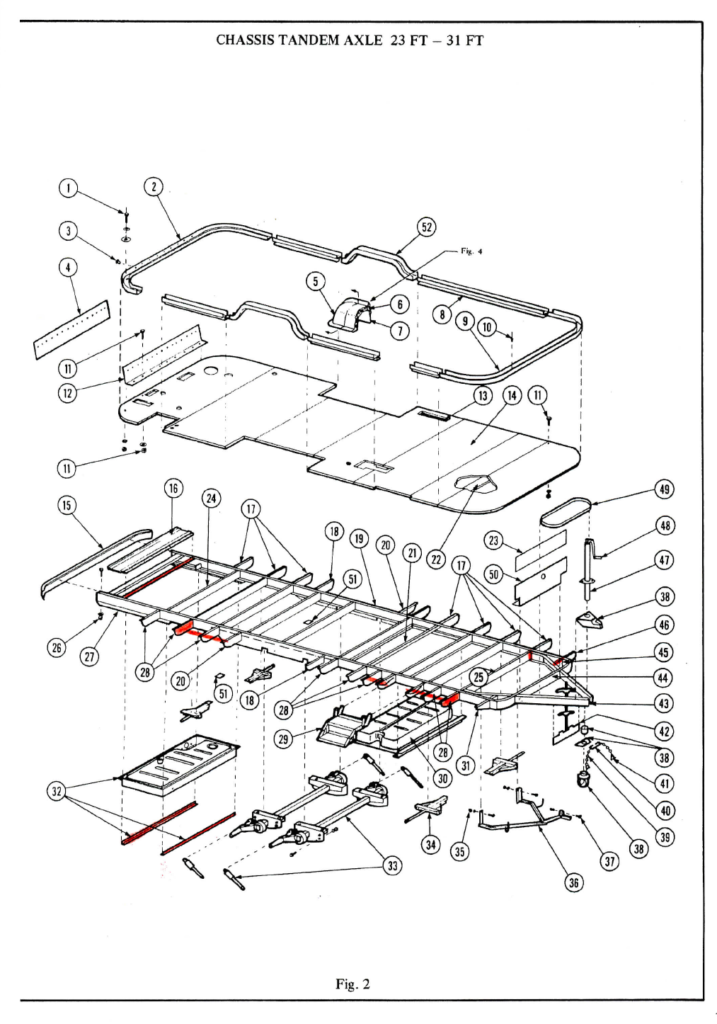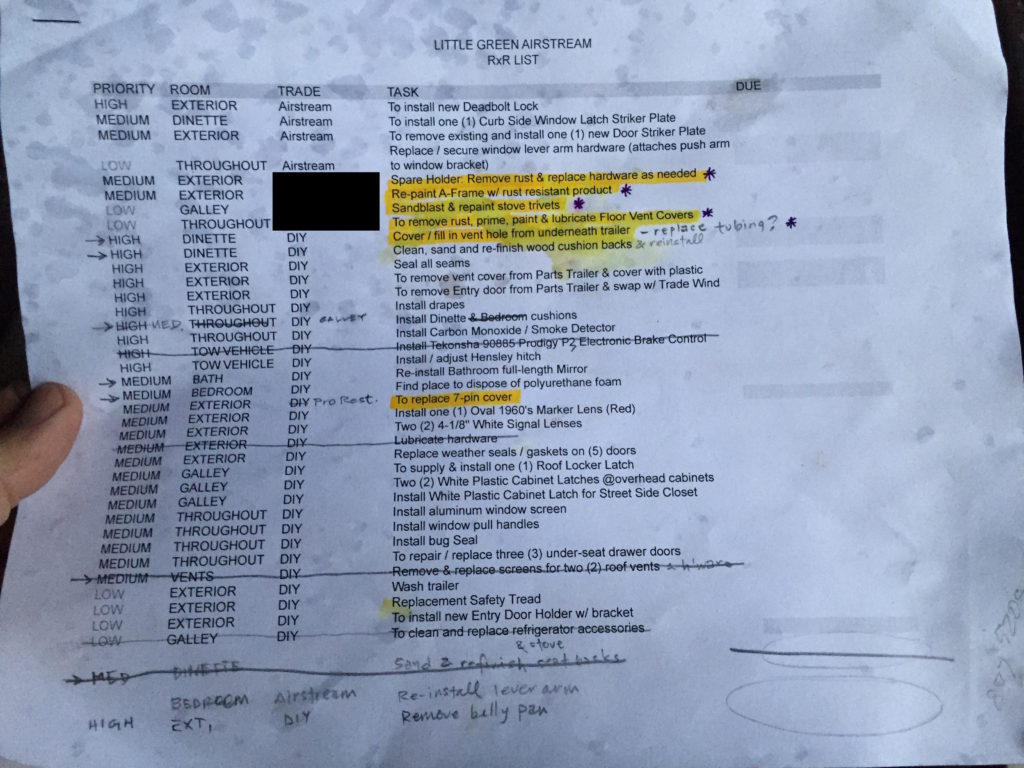This past spring, I’d made real progress (and faced some challenges) working with contractors that were helping me to repair my rusted chassis, replace axles and otherwise price out the scope of work to get my vintage Airstream ready for my cross-country trip. By early summer, weeks were passing by and I was struggling to get them to return phone calls or otherwise give me a date when they could help me with my project. Persistence alone wasn’t working in my favor, so it was time to look for another solution that was outside of the box. What would that be, though?

Since discovering potentially dangerous rust damage at the front of the trailer with the help of a welder I’d been working with near Montpelier, VT, I’d taken the need for possible chassis repairs much more seriously. To my mind, the chassis is equivalent to the floor joists or foundation of a (moving!) house, so I put that level of significance into the discovery of any needed repairs. While remaining open for a solution to my contractor problems to present itself, I focused on removing the trailer’s belly pan and subfloor insulation so that I could get a better idea of how much work needed to be done to the entire chassis. Before finding a new welder to finish sandblasting & painting my chassis, I figured it might come in handy to have a big picture sense of all the work to be done.
As it happened, Cameron McMahon, one of my friendly acquaintances from Yestermorrow Design / Build School, was completing his first semester of study at Columbia University. I met with him for a celebratory dinner and as we were catching up, he mentioned that both his father and brother were professional welders in Vermont. I’d been so absorbed in our conversations, it wasn’t until the next day that I had the “aha!” moment that I should contact his family to see if they’d be able to help me to continue work on my trailer.
A few phone calls later, and I’d made arrangements to drive up to Vergennes, VT to meet Paul and Éamon McMahon, a father & son who between them have a great wealth of technical experience. We predetermined I would work primarily with Éamon, who is in the process of starting his own business and has a background working with stock cars, among many other things. In addition to welding, I found out that Paul knew how to install solar panels and do electrical work, and that they were both adept at working with propane and plumbing systems as well. Also: their prices were reasonable. I might even be able to afford a solar panel installation and other work if I managed my finances well. Seems like I’d hit the jackpot!

My next step was to slip underneath the Airstream and take note of the most badly rusted areas that remained, so that they’d have an idea of how much work would be involved and could help me price parts & labor. I took a page from an old Airstream Service Manual from 1970 that had an exploded view of the chassis, and marked areas that needed work in red. I’d explained to Éamon that the steps leading up to the entry door were also shaky because the outriggers around them were in poor shape (or missing) as well.
Although I hadn’t planned for it in my original budget, it had become clear to me that now was an ideal time to address the chassis’ rust issues. I left the trailer with Paul and Éamon to take a better look at, leaving them with a scope of work I wanted to accomplish as well. Since neither of them had worked on an Airstream before, we were all excited at the prospect of working and learning together. I weighed the fact that they weren’t expert with vintage Airstreams against their ability to work on so many different types of systems, reasonable pricing and their availability to work on the trailer in a timely fashion. I could pick up the slack by sharing or doing research in areas that we were unfamiliar with.

We agreed to touch base by phone on a weekly basis to review the work completed and that I’d also get invoiced weekly to keep the cash (and work) flowing smoothly. During these weekly meetings, we’d cover any changes in scope or difficulties with the work so that there wouldn’t be any surprises, and so we’d all be on the same page. This was a refreshingly professional approach to communication that I’d been waiting for! That evening, I left Éamon and Paul in very good spirits, happy to be moving the project forward and potentially get more work done before I left for my cross-country trip than expected.
Up next: Crash Course in Recycling a Vintage Airstream


